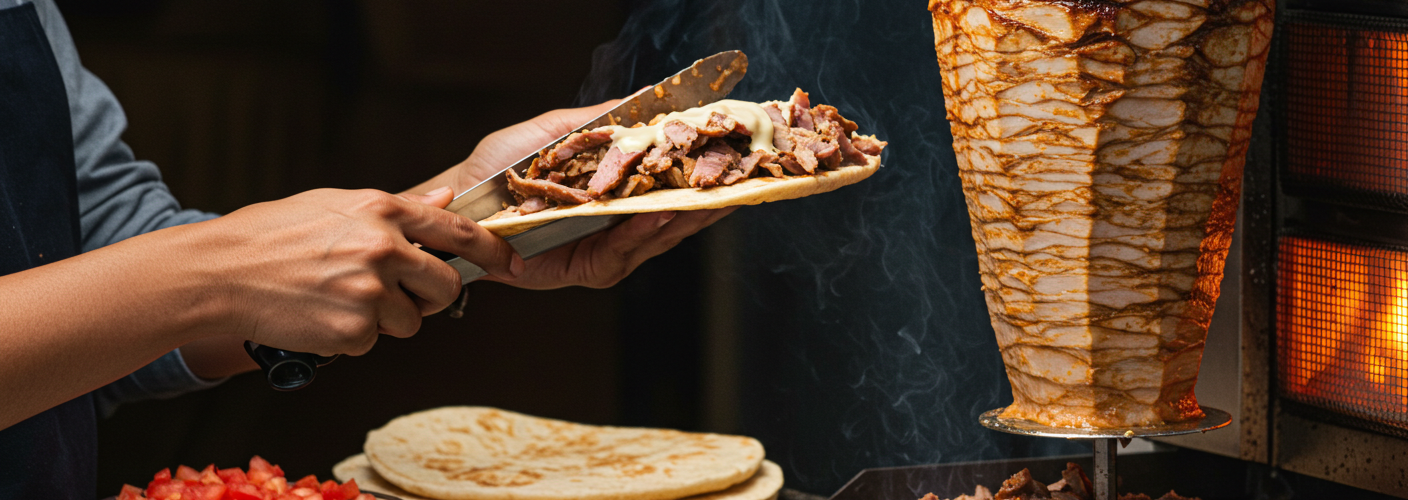Shawarma, a beloved dish originating from the Middle East, has transcended borders to become a global phenomenon. This delectable meal features marinated meat cooked on a vertical spit, slowly roasted to perfection. Traditionally, shawarma is made with lamb, beef, chicken, or turkey, which is seasoned with an array of spices and herbs, resulting in a mouthwatering flavor profile that tantalizes taste buds.
The history of shawarma dates back to the Ottoman Empire, showcasing its long-standing place in culinary tradition. Its name is derived from the Turkish word “çevirme,” meaning “to turn,” referring to the method of cooking meat on a rotating spit. Today, shawarma can be found in street carts and restaurants worldwide, highlighting its widespread appeal.
One of the most enticing aspects of shawarma is its versatility. Diners can customize their wraps with various fillings and condiments. Classic accompaniments include fresh vegetables such as tomatoes, lettuce, and cucumbers, which add a refreshing crunch. You might also find pickles, turnips, and onions that provide additional flavor and texture. The choice of sauces is equally diverse, with garlic sauce, tahini, and spicy chili sauce often taking center stage, elevating the dish to new heights of deliciousness.
While shawarma is often served in a pita or flatbread wrap, variation is key. Some places offer it on a platter with rice and sides, while others present it with crispy fries. Regardless of the presentation, the essence of shawarma remains the same: a harmonious blend of spices, tender meat, and fresh ingredients, all coming together to create a comforting yet exciting meal.
The preparation of shawarma is an art. The marination process is crucial, often involving a mixture of yogurt and spices like cumin, coriander, garlic, and turmeric. This combination not only tenderizes the meat but also infuses it with deep flavors that develop as the meat cooks on the spit. The slow roasting process allows for a caramelization of the surface, giving the meat a beautiful golden brown hue and a juicy interior.
For many, shawarma represents more than just a meal; it embodies a cultural experience. Eating shawarma can evoke memories of bustling street markets, the aroma drifting through the air, and the joy of sharing food with friends and family. The communal aspect of enjoying shawarma adds to its charm, as it encourages conversation and connection.
As the demand for shawarma continues to grow, many chefs experiment with new twists, incorporating local flavors and ingredients. Whether it’s a fusion twist with an unexpected sauce or a vegetarian version using grilled halloumi or falafel, the core elements of shawarma remain intact, keeping the spirit of this iconic dish alive.
In conclusion, shawarma is more than just a simple wrap—it’s a culinary delight that showcases rich flavors and cultural history. Its ability to adapt and evolve while staying true to its roots is what makes shawarma an enduring favorite around the world. Whether you’re enjoying a classic meat-filled wrap or exploring modern interpretations, shawarma consistently delivers an unforgettable taste experience. So, the next time you crave a flavorful meal, look for a shawarma option and indulge in one of the world’s most cherished dishes.




Add comment